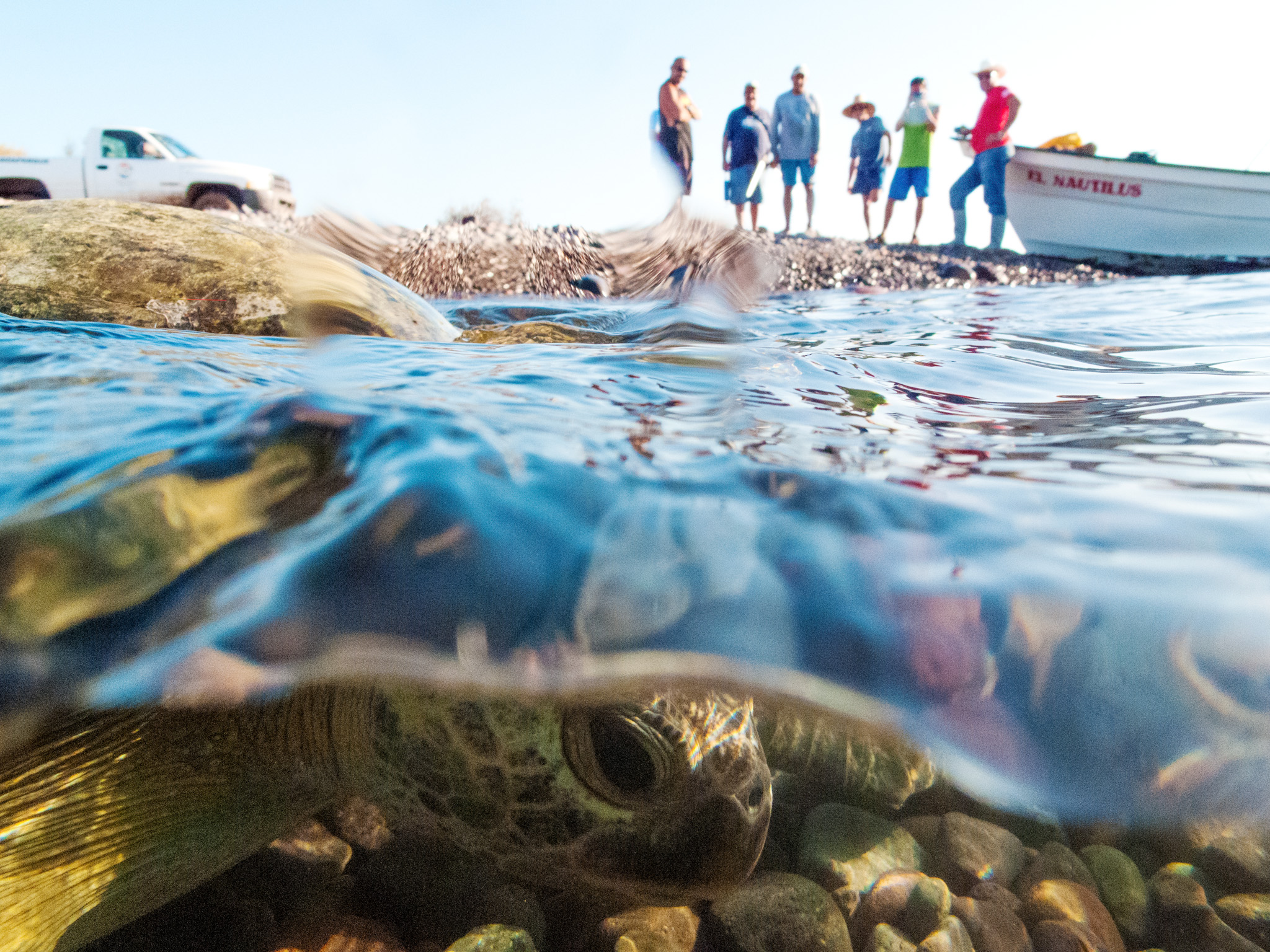Last 17 April, the last day of a the widest conference in Europe dedicated to Earth sciences, the EGU 2015 General Assembly ,and the second conference in the world after the AGU General Assembly in San Francisco (Usa), Art has moved her first steps within the large community of scientists working on Earth sciences. It has been a success of public and a showcase of precious contributes coming from scientists and artists all over the world and we will post about it in the next days.
In this occasion, we would like to start from the end and thank so much photographer James Houston, who was scheduled in the conference, but unfortunately couldn’t take part, to send anyway his greetings to the participants with a stunning picture. Every single Art has his own original way to speak to the world and to operate for the benefit of the planet. In the case of conservation photography, sometime a picture values more than thousands words. And this is the case. We are pleased to start the first post of the ones dedicated to our session, with a success story, because the session itself was successful. Here follows the picture taken from J. Houston in the Cortez Sea in Mexico.
In the forefront focused there is a turtle beneath the shallow water of the Cortez Sea. In the background not in focus, former turtles poachers become the first watchers of the Sea the Cortez turtles.
“My work, says J. Houston, focuses on the human dynamics that we must understand in order to engage local communities in effective, lasting solutions. This image shows a group of former turtle poachers in the Sea of Cortez in Mexico who are now working with Grupo Tortuguero (a Mexican NGO) to help tag and monitor sea turtles. Not only are they no longer poaching turtles (they are paid to tag new turtles and paid for tagged turtles they re catch — meaning that they can now earn income multiple times from one turtle) but they are much more successful at catching turtles than the National Park scientists were, giving us a more accurate picture and better information about turtle populations”.
For info about this Author:
His abstract to EGU 2015 EOS7 Session:
Creative Conservation Communication
Follow us in the next days with posts on the different contributions to the EGU 2015 EOS 7 Session.
